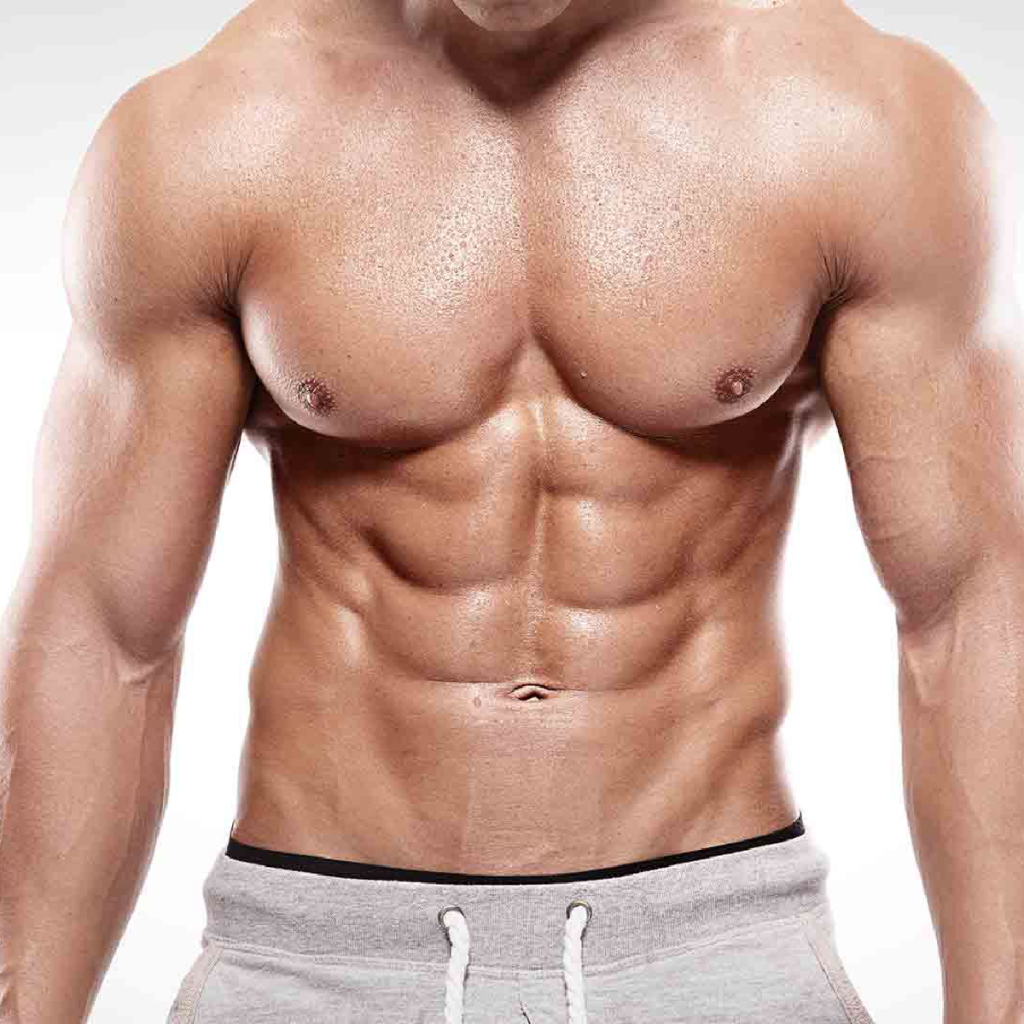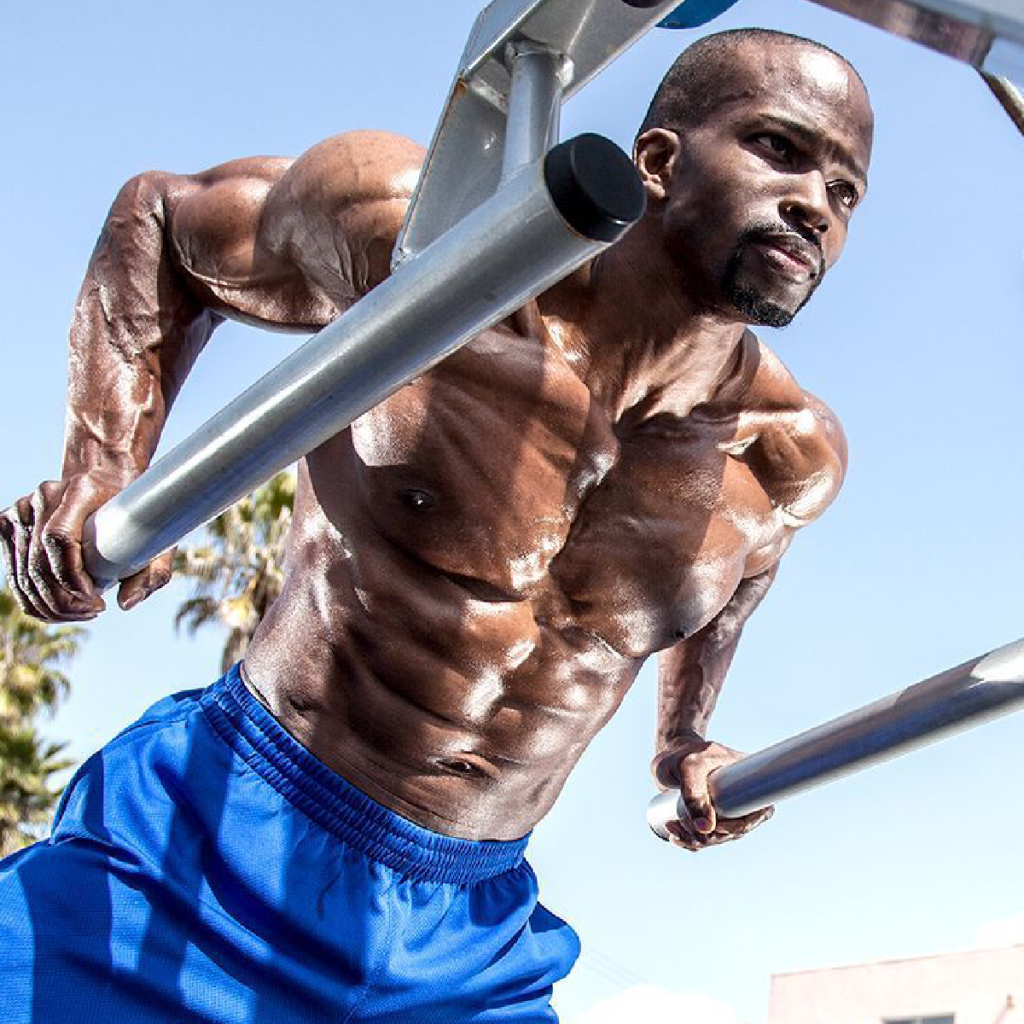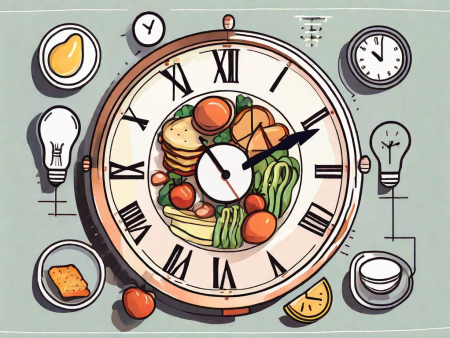Learn how to build chest muscles effectively with this comprehensive step-by-step guide.
How to Build Chest Muscles: A Step-by-Step Guide
You’ve made the decision to build your chest muscles, and we’re here to guide you every step of the way. Building a strong chest not only enhances your physical appearance but also improves your overall upper body strength. Get ready to embark on this journey to sculpted pecs with our comprehensive step-by-step guide.

Understanding Chest Muscles
Before diving into the world of chest muscle building, it’s important to understand the anatomy of your chest. The chest, also known as the pectoral muscles or pecs, is comprised of two main muscles: the pectoralis major and pectoralis minor. The pectoralis major is the larger muscle that gives your chest its size and defined shape, while the pectoralis minor lies beneath it, aiding in shoulder movement.
Having strong chest muscles is about more than just aesthetics. It plays a crucial role in various everyday activities such as pushing, pulling, and lifting. Building chest muscles can also enhance your overall posture and upper body stability. So, let’s dive deeper into the importance of developing a strong chest.
When it comes to chest muscle development, it’s not just about looking good in a tight-fitting shirt. Strong chest muscles are essential for functional movements in our daily lives. From pushing a heavy door open to carrying groceries, our chest muscles are involved in a wide range of activities.
One of the primary functions of the chest muscles is to assist in pushing movements. Whether you’re pushing a heavy object or performing a push-up, the pectoralis major and minor muscles work together to generate the necessary force. These muscles contract and exert force, allowing you to move objects away from your body.
In addition to pushing movements, the chest muscles also play a significant role in pulling exercises. When you perform exercises like rows or pull-ups, your chest muscles are engaged to stabilize your upper body and assist in the pulling motion. This demonstrates the importance of having a well-rounded chest muscle development program.
Aside from the functional benefits, developing a strong chest can also improve your posture. Weak chest muscles can lead to rounded shoulders and a hunched back, which can negatively impact your overall posture. Strengthening your chest muscles helps to counteract these imbalances, promoting a more upright and confident posture.
Furthermore, a strong chest can contribute to upper body stability. The chest muscles provide support to the shoulders and upper back, helping to maintain proper alignment and stability during various movements. This stability is crucial for preventing injuries and maximizing performance in other exercises, such as overhead presses or bench presses.
It’s important to note that developing a strong chest requires a well-rounded workout routine that includes a variety of exercises targeting different areas of the chest muscles. Incorporating exercises like bench presses, push-ups, dumbbell flyes, and cable crossovers can help you achieve balanced chest muscle development.
So, whether you’re aiming for a chiseled chest or simply looking to improve your overall strength and functionality, understanding the importance of chest muscle development is key. By incorporating chest exercises into your workout routine, you can enhance your posture, upper body stability, and overall physical performance.
Importance of Strong Chest Muscles
Strong chest muscles are not just for bodybuilders and fitness enthusiasts. They are essential for everyone, regardless of your fitness goals. Whether you’re an athlete looking to improve performance or someone seeking general fitness, building chest muscles can greatly benefit you.
A well-developed chest provides a solid foundation for a strong upper body. It improves your ability to perform everyday tasks, such as carrying heavy groceries or pushing open a door. Additionally, strong chest muscles contribute to better posture, reducing the risk of back and shoulder injuries.
But why are strong chest muscles so important? Let’s delve deeper into the benefits:
1. Enhanced Upper Body Strength: Strong chest muscles are crucial for performing various upper body exercises effectively. Whether you’re doing push-ups, bench presses, or overhead presses, having a strong chest allows you to lift heavier weights and perform more repetitions, leading to increased strength gains.
2. Improved Athletic Performance: If you’re an athlete, having a strong chest can significantly enhance your performance in sports that require upper body strength, such as swimming, boxing, or basketball. A powerful chest allows you to generate more force, improving your ability to throw, punch, or shoot accurately.
3. Increased Metabolic Rate: Building and maintaining muscle mass, including your chest muscles, can boost your metabolism. Muscles require more energy to sustain than fat, so the more muscle you have, the more calories you burn at rest. This can aid in weight management and overall body composition.
4. Injury Prevention: Strong chest muscles play a crucial role in maintaining proper posture and alignment of the upper body. By strengthening the muscles in your chest, you can alleviate stress on your back and shoulders, reducing the risk of injuries and chronic pain.
5. Enhanced Aesthetics: Let’s not forget the aesthetic benefits of a well-developed chest. A strong and defined chest can improve your overall physique, giving you a more sculpted and confident appearance. It can also help create a balanced and proportionate upper body.
So, whether you’re aiming to improve your athletic performance, enhance your overall strength, or simply want to look and feel better, incorporating exercises that target your chest muscles is essential. Remember to consult with a fitness professional to ensure proper form and technique to maximize your results.
Preparing for Chest Muscle Building
Before you jump into chest muscle building exercises, it’s essential to assess your fitness level. Understanding where you stand will help you set realistic goals and determine the best approach to building chest muscles.
Assessing Your Fitness Level
Begin by measuring your upper body strength and endurance. Can you perform a set of push-ups with ease, or do you struggle after a few repetitions? Flexibility is also crucial, as proper range of motion is essential for effective chest exercises. Take note of any limitations or areas that require improvement so you can tailor your workouts accordingly.
Additionally, it’s important to evaluate your overall cardiovascular fitness. A strong cardiovascular system will support your chest muscle building efforts by improving your stamina and endurance during workouts. Consider performing exercises such as running, cycling, or swimming to assess your cardiovascular fitness level.
Setting Realistic Goals
When it comes to building chest muscles, patience is key. Set realistic goals that align with your current fitness level and lifestyle. Remember, it’s not a race, and everyone progresses at their own pace. Start with small milestones, and gradually increase the intensity and volume of your workouts over time.
Furthermore, consider setting specific goals for different aspects of chest muscle building. For example, you may want to focus on increasing your bench press weight, improving your push-up repetitions, or achieving a certain chest measurement. By setting specific goals, you can track your progress and stay motivated throughout your fitness journey.
In addition to setting goals, it’s crucial to establish a proper nutrition plan to support your chest muscle building efforts. A well-balanced diet that includes an adequate amount of protein, carbohydrates, and healthy fats will provide your body with the necessary nutrients for muscle growth and recovery. Consult with a nutritionist or dietitian to create a personalized meal plan that suits your needs and goals.
Lastly, don’t forget to prioritize rest and recovery. Building chest muscles requires not only challenging workouts but also adequate rest periods to allow your muscles to repair and grow. Make sure to incorporate rest days into your training schedule and prioritize quality sleep to optimize your muscle-building potential.
Essential Equipment for Chest Muscle Building
Now that you’re ready to dive into chest muscle building, let’s talk about the essential equipment you’ll need. There are various options available, from free weights to machines, so you can choose what suits your preferences and fitness goals.
Free Weights vs. Machines
Free weights, such as dumbbells and barbells, provide greater muscle activation and stimulate more stabilizer muscles. They offer a wide range of exercises and allow for natural movement patterns. On the other hand, machines provide stability and may be more suitable for beginners or those recovering from injuries. Consider your personal preference and access to equipment when deciding which option to incorporate into your chest workouts.
Home Gym Essentials
If you prefer working out in the comfort of your own home, there are a few essentials you’ll want to invest in. A sturdy bench is a must-have for a variety of chest exercises, including the mighty bench press. Dumbbells or adjustable weights will allow for progressive overload, targeting different areas of your chest. Resistance bands are also a versatile tool that can add resistance to bodyweight exercises or enhance your stretching routine.
Fundamental Chest Exercises
Now that you have the necessary knowledge and equipment, it’s time to dive into the fundamental chest exercises. These exercises are the building blocks of a solid chest workout routine and will lay the foundation for further muscle development.
Bench Press Basics
The bench press is the holy grail of chest exercises. It primarily targets your pectoralis major muscles, but also engages your triceps and shoulders. Start with a weight that allows you to perform the exercise with proper form and gradually increase the weight as you gain strength. Remember to always warm up before attempting heavy lifts and maintain a controlled tempo throughout the movement.
The Power of Push-ups
Push-ups are a classic bodyweight exercise that engages multiple muscle groups, including your chest, shoulders, and triceps. They can be modified to suit different fitness levels, making them accessible to everyone. Aim for a full range of motion, ensuring your chest touches the ground at the bottom position. If traditional push-ups become too easy, try variations like inclined or decline push-ups to add an extra challenge.
Advanced Chest Workouts
As you progress on your chest muscle building journey, it’s essential to keep challenging your muscles to promote growth. Incorporating advanced exercises and techniques will help you break through plateaus and take your chest development to the next level.

Incorporating Plyometrics
Plyometric exercises, also known as explosive movements, involve rapid muscle contractions to enhance power and explosiveness. In the context of chest muscle building, exercises like plyo push-ups or medicine ball throws can add an element of intensity to your workouts. Remember to start with proper form and gradually increase the speed and intensity as you become more comfortable with the exercises.
Isolation Exercises for Defined Muscles
Isolation exercises target specific muscle groups, allowing you to focus on refining and defining your chest muscles. Cable flyes and dumbbell flyes are excellent isolation exercises that specifically target the pectoralis major, helping you develop that desired chest definition. Incorporate these exercises into your routine after completing compound exercises for a well-rounded chest workout.
Congratulations! You’ve made it through our step-by-step guide to building chest muscles. Remember, building chest muscles takes time, consistency, and dedication. Listen to your body, find what works best for you, and enjoy the journey. With determination and the right exercises, you’ll be proudly flexing those sculpted pecs in no time. Happy chest building!







